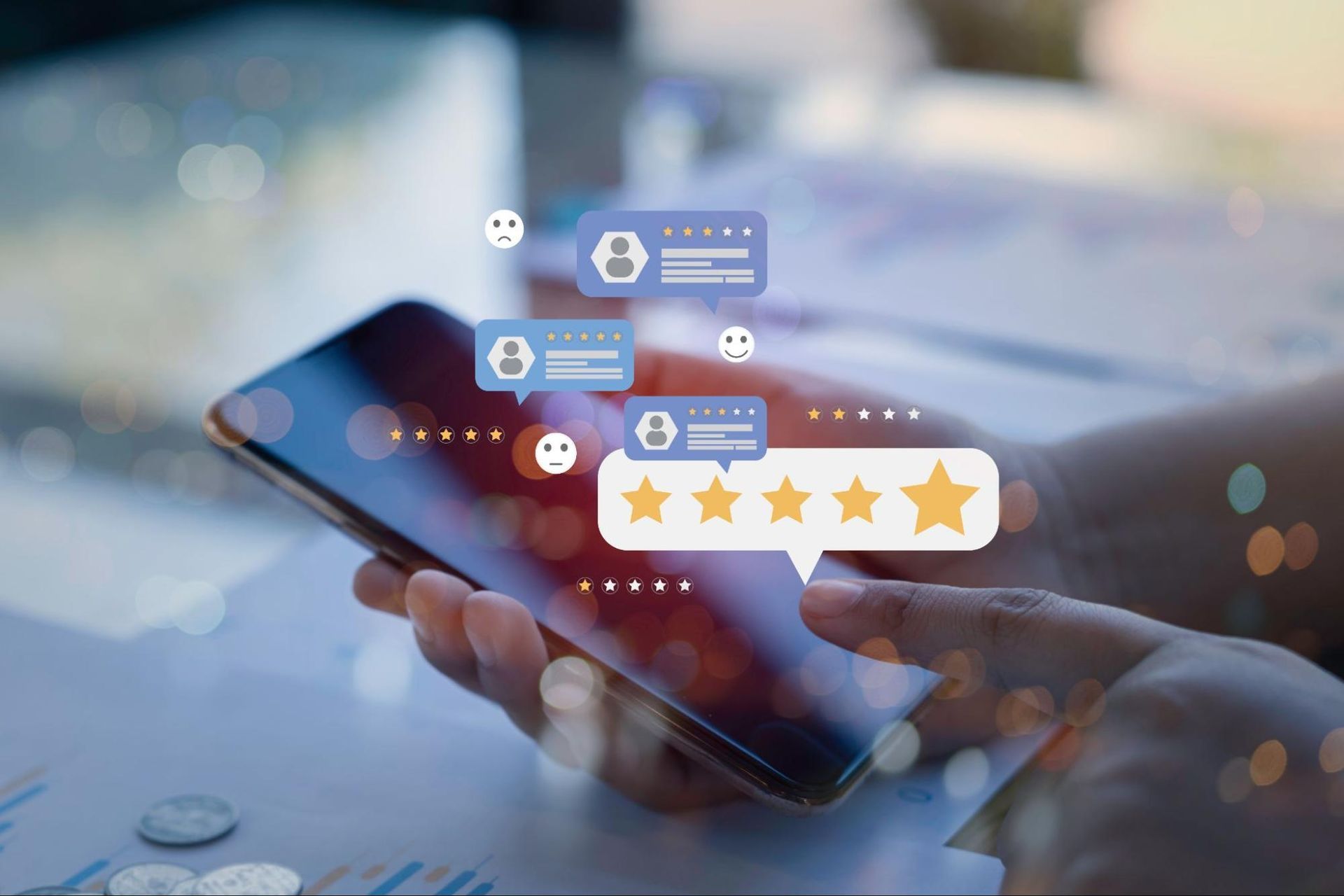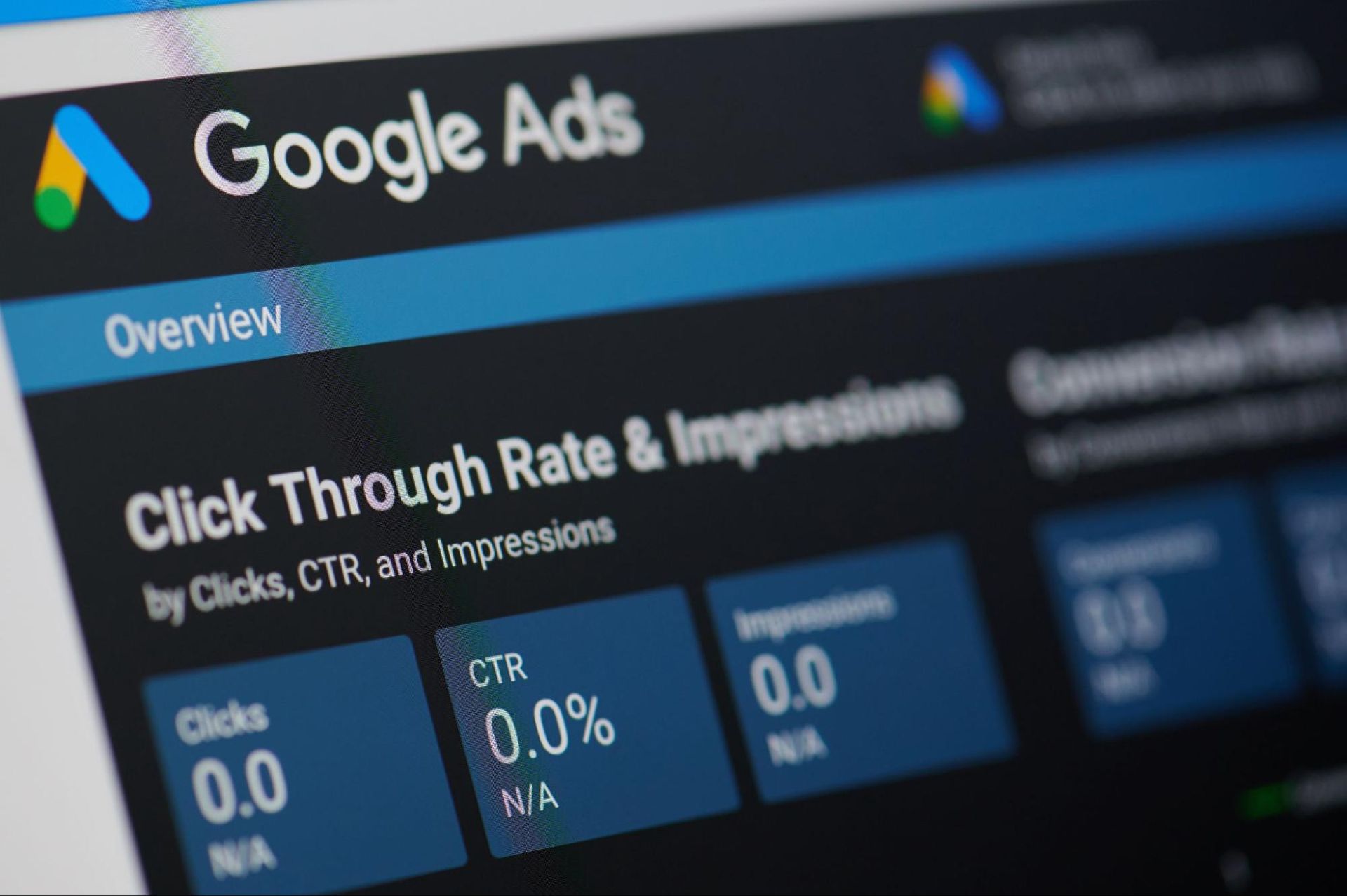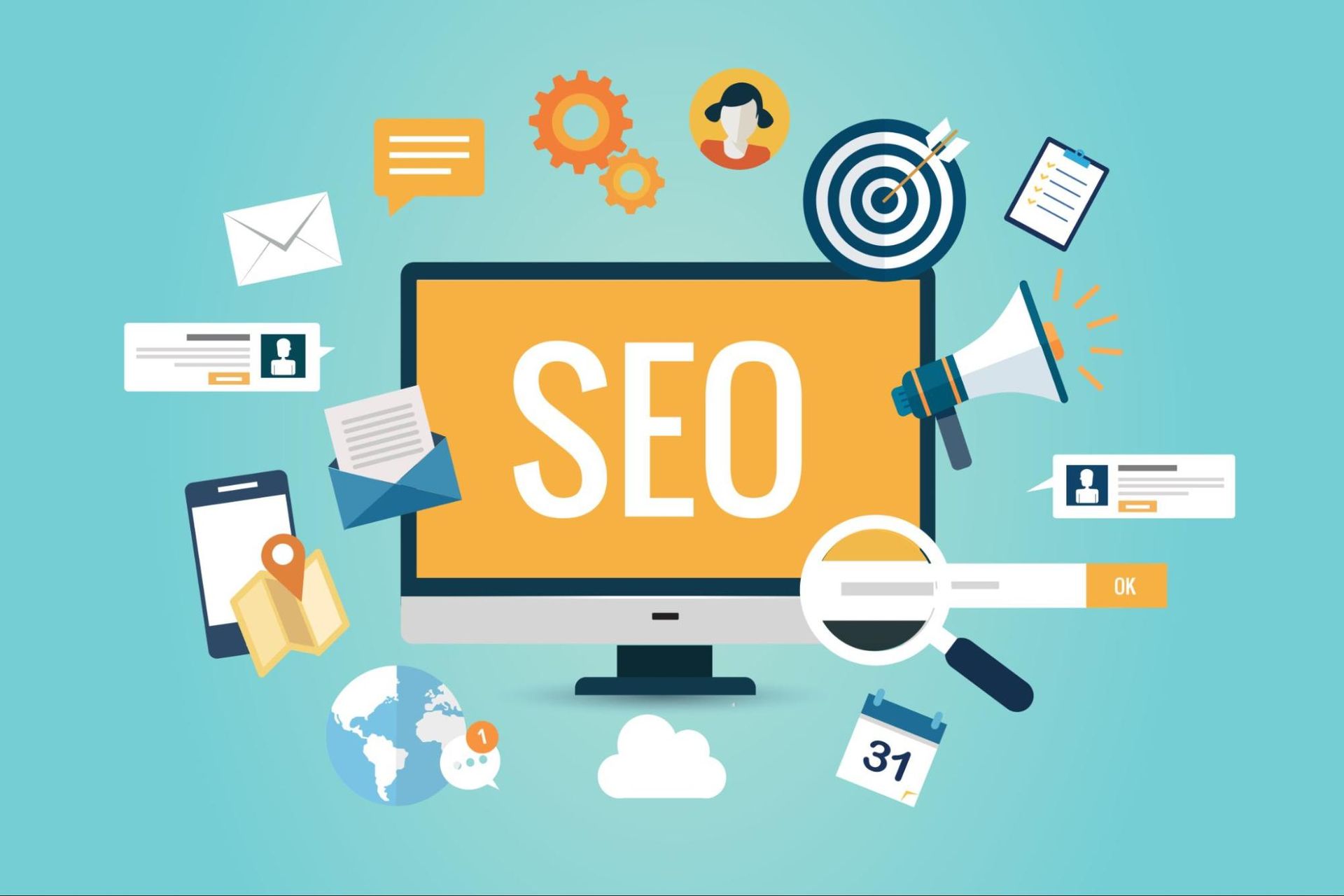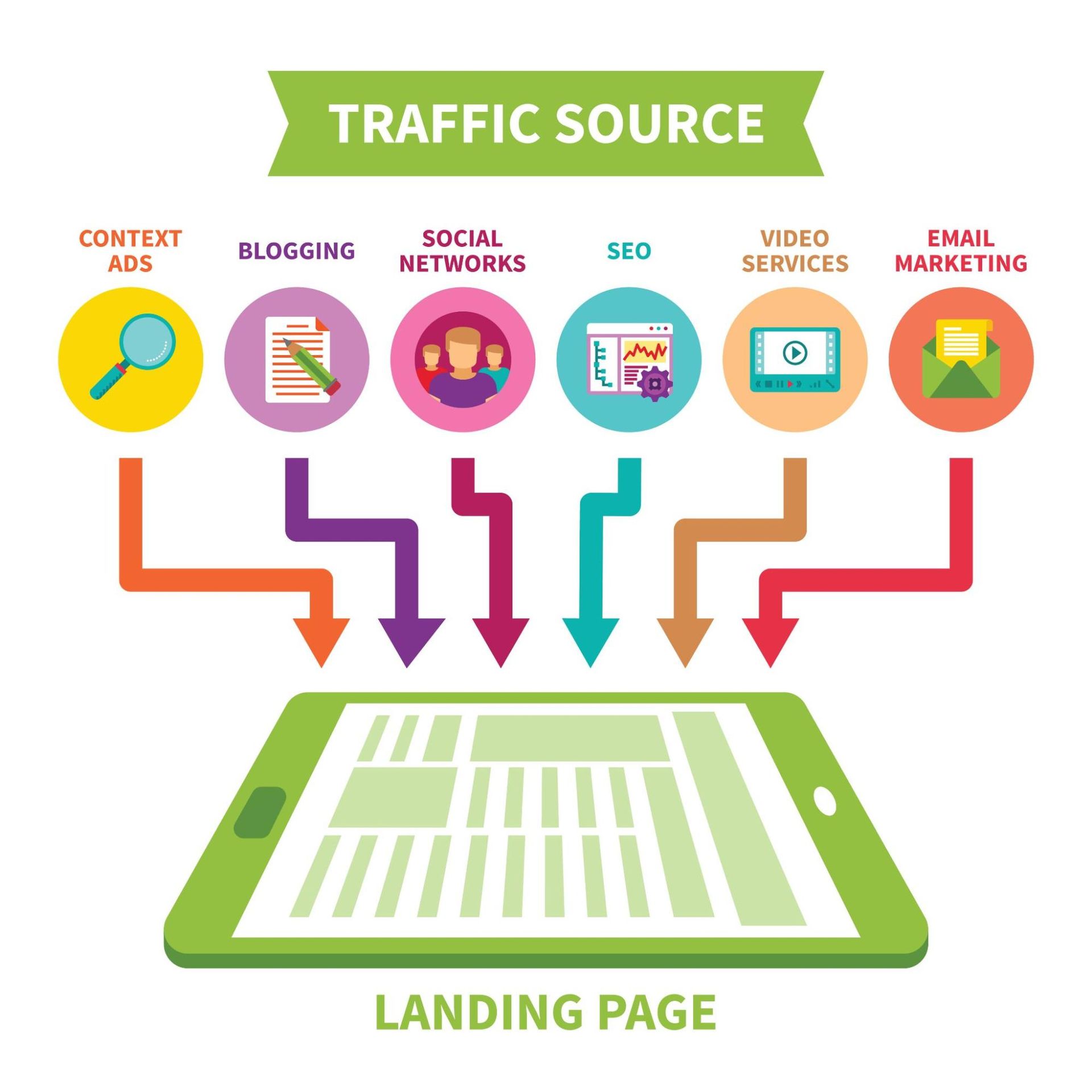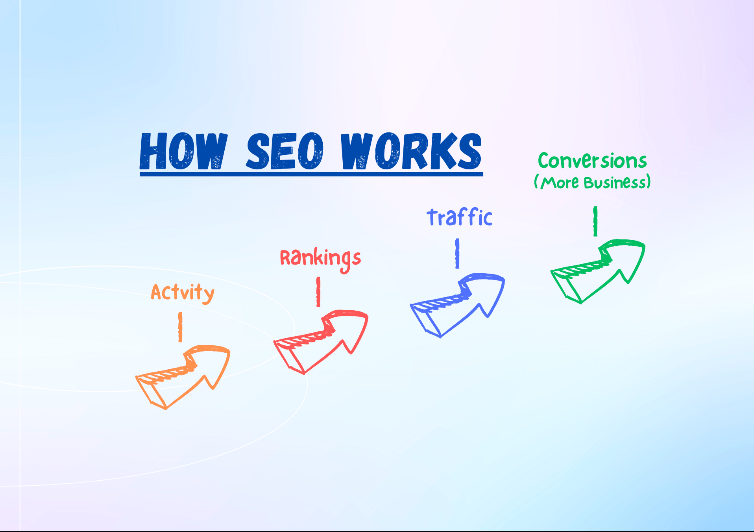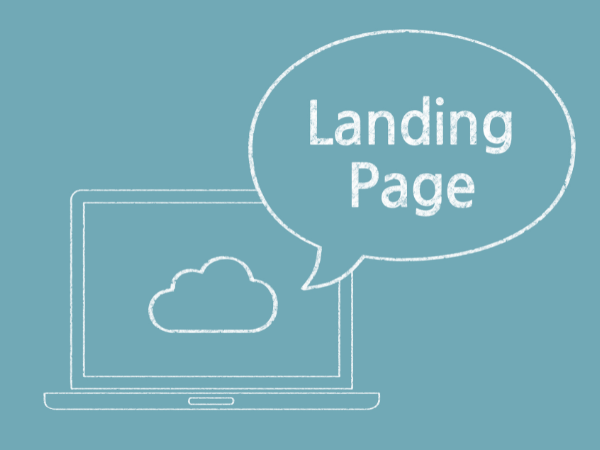A Pinterest Crash Course for Businesses
Hear ye, hear ye, lovers of crafting, fitness, interior design, and fashion. The social network that beckons you to join its ranks goes by the name of “Pinterest”!
Of course, if you’re an American female who uses the Internet, the chances you’re already on Pinterest are one in five. As of 2014, the massively popular, image-laden social network boasted upwards of 70 million users, exploding with 2.5 BILLION monthly pageviews per month. (Statistics courtesy of Digital Marketing Ramblings.)
Clearly, this is a social network businesses can benefit from becoming fluent in, especially since that country-sized user base is older and better financed than those of other popular social sites. The age bracket dominating Pinterest is 35 to 44, with second place going to 25 to 44. Meanwhile, the average annual household income of a Pinterest user is greater than $100,000.
That certainly sounds like a slice of the population whose loyalty any company would covet, but what’s the best way for a business to go about forging a Pinterest presence?
Pinterest: Where Beautiful Images Party
Before we dive into how businesses can connect with Pinterest users, let’s define this female-dominated world a little. Here’s a list of terms you’ll need to know before stepping foot in the Pinterest universe:
- Pin: The currency of Pinterest. These are images snatched up from around the web. The foundation of Pinterest is that users collect pins on their “boards.”
- Board: The place for pins collected by users. Users create boards based upon their interests, such as “fall fashion” or “abdominal exercises.” When users “pin” something, they decide to which of their boards the pin will stick.
- Repin: How Pinterest users connect. Users can search Pinterest for pins relating to their interests, then “repin” anything they like. Going viral on Pinterest means getting repinned thousands of times.
As you can see, Pinterest differentiates itself from other social networks by connecting users not through “real-world” friendships, but through shared interests. The point is not to check up on long lost acquaintances, but to collect and share products and ideas you find wonderful. Pinterest is essentially a gigantic bulletin board.
A few more notes on Pinterest etiquette. You can subscribe to another user’s boards by following him or her. In addition, it is not unheard of for a user to become “Pinterest famous” by creating boards so full of delightful, ingenious products and ideas that thousands of people follow them. This kind of fame can follow a clever crafter, a workout fanatic, or a fashionista with a distinctive style.
It can also happen to brands.
How to Grow a Brand on Pinterest
Generally, people sign onto Pinterest with a particular mission. Perhaps it’s a bride-to-be who wants to browse bridesmaids dresses in shades of purple. Or maybe it’s an exercise aficionado seeking a new ab workout.
The point is, this is a user base with purpose, and the chances of these users making an actual purchase based upon their Pinterest findings are astonishingly high. In fact, shoppers referred by Pinterest to a company’s website are 10% more likely to make a purchase than visitors who arrive from other social networks, and Pinterest reigns one of the top three social networks for traffic referrals.
That being said, Pinterest is NOT the social network for all companies. The following are the kinds of brands that flower on Pinterest:
- Crafts
- Gifts
- Hobbies/Leisure
- Interior Design
- Fashion Designers/Collections
Some companies who retain fiercely loyal Pinterest followings include Whole Foods, Michael’s (arts and crafts), Birchbx (a beauty subscription service), Better Homes and Gardens, and Scholastic.
As you can see, these are companies who create the kind of photogenic, female-friendly products perfect for pinning. If your business is, say, plumbing, it’s unlikely you’ll have much to share in the way of pins appealing to compulsive crafters and wedding planners.
If you do happen to fall into one of Pinterest’s golden brand categories, here a few ways you can connect with the site’s purposeful, willing-to-spend user base.
1. Create boards targeted for different customer segments.
If you sell picture frames, you should make boards that appeal to particular demographics, rather than attempting to make the same boards appeal to all groups.
For example, if you sell custom-crafted picture frames, you should create a board targeted to college students, another to artists, and another to mothers. These pins should include not only images of your products, but ideas that will inspire and instruct in the products’ use. You might caption a pin on your artist board, “This is the perfect frame for artwork created from oil paints, since its muted luster offsets the oil’s gleam.”
2. Get those users onto your website.
By adding a “pin it” button onto your company’s website pages (a task your average web designer should be able to tackle in minutes), you make it very easy for Pinterest users to attach your content to their boards. And those pins, when clicked, will direct users back to your website!
Allrecipes, a digital food brand, added a Pin It button to their website, and within three months had seen 50,000 recipes shared on Pinterest, resulting in 139 million impressions of pins and a dramatic boost in daily social website referrals.
Those are some monstrous results for something so simple.
3. Use Pinterest Analytics to determine products people like.
Pinterest business accounts come with an analytics function that allows you to see which pins people like the most. You can make use of this information to scope out the popularity of each item in your inventory, and perhaps even to test the potential popularity of new products.
When pinning your products, always include thoughtful descriptions of how people might use them. Be creative, inspiring, and energetic, because Pinterest users certainly are!
GetPhound, Signing Off
Hope you’ve enjoyed this crash course in Pinterest, brought to you by the social media fanatics clicking away at the GetPhound office!
The post A Pinterest Crash Course for Businesses appeared first on GetPhound.
